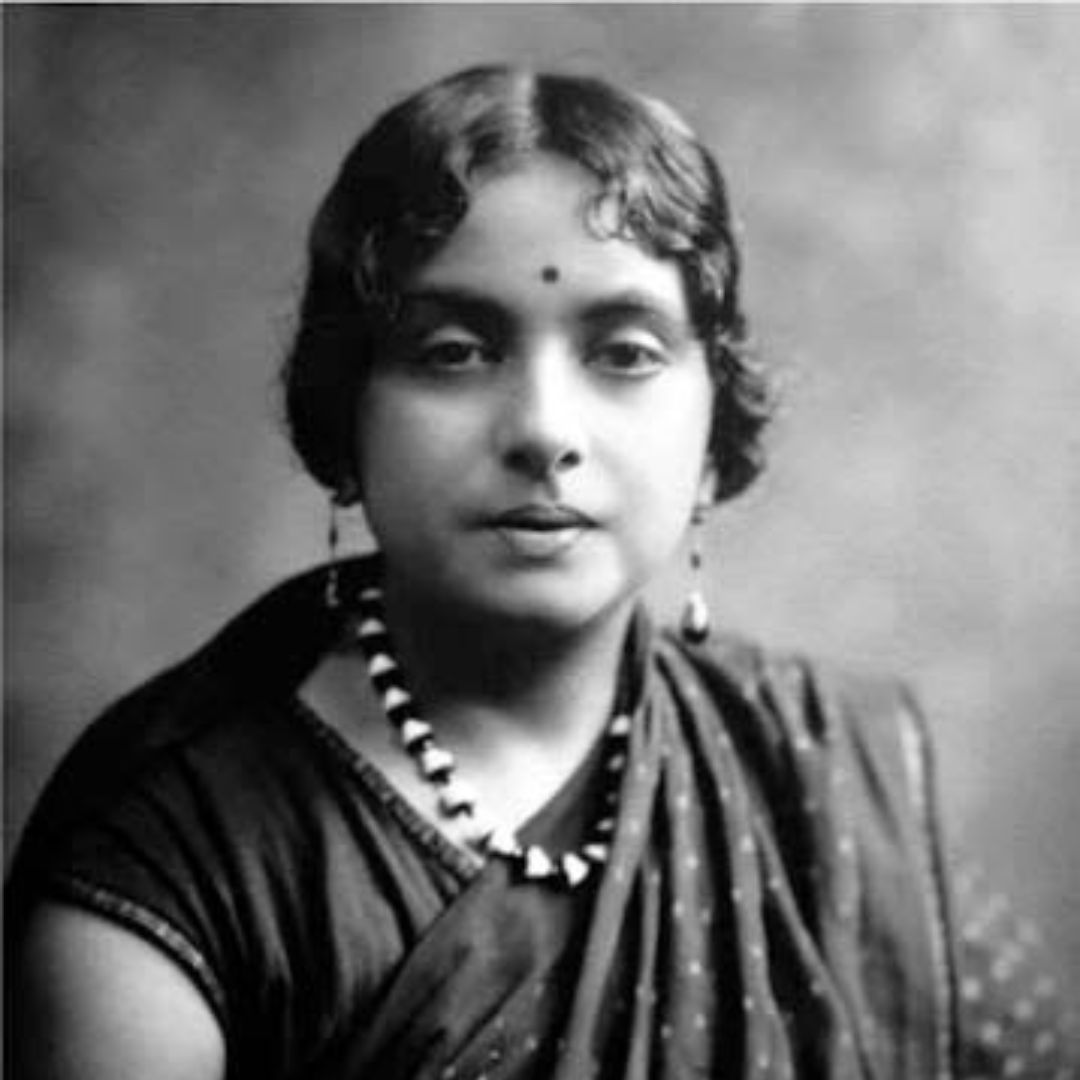
Image Credits: Azadi Ka Amrit Mahotsav
Kamaladevi Chattopadhyay: Know About This Feminist Freedom Fighter Who Built Entire City From Scratch
Writer: Laxmi Mohan Kumar
She is an aspiring journalist in the process of learning and unlearning many things. Always up for discussions on everything from popular culture to politics.
India, 29 Oct 2022 10:32 AM GMT
Editor : Shiva Chaudhary |
A post-graduate in Journalism and Mass Communication with relevant skills, specialising in content editing & writing. I believe in the precise dissemination of information based on facts to the public.
Creatives : Laxmi Mohan Kumar
She is an aspiring journalist in the process of learning and unlearning many things. Always up for discussions on everything from popular culture to politics.
While Faridabad and its vibrance are known to many, the woman who envisioned this city based on cooperative policies with the refugee communities is a story less remembered. On her death anniversary, here's revisiting the contributions of Kamaladevi Chattopadhyay.
A name that has had very few mentions in the Indian history books but continues to impact the artistic and feminist movements in the country is Kamaladevi Chattopadhyay. During her lifetime, she has donned multiple roles, from a freedom fighter, theatre actor, social activist, art enthusiast, and politician, to a feminist.
In every field she has ventured into, she has left an imprint that continues to impact millions across the country and beyond. She bid goodbye to the world on October 29, 1988, and on her death anniversary, The Logical Indian revisits the many contributions of the visionary feminist icon.
A Gandhian Feminist Who Critiqued Gandhi
Born and brought up in a Mangalore-based Brahmin community of progressive thinkers, Kamaladevi followed her family's footsteps and stepped into activism. Kamaladevi herself evolved to be a puzzle pieced together by ideas and lived experiences of her mother, grandmother, and ancestors.
Her mother overlooked her scholarly upbringing, and her grandmother set an example by challenging the societal limitations placed on widows in terms of the pursuit of knowledge and independent living. She was exposed to the world of politics and activism from a young age with many eminent politicians such as Gopalkrishna Gokhale, Srinivasa Sastri, Pandita Ramabai, and Sir Tej Bahadur Sapru making occasional visits to her maternal uncle and discussing politics.
She soon became inspired by Gandhian ideas and the concept of non-violence, but she also happened to be a strong critique of Gandhi's decisions to exclude women from protests and marches. By 1923, she became a member of the Congress party, and three years later, she marked the feat of being the first woman in India to run for political office. Competing for a seat at the Madras Legislative Assembly, she lost by a mere 55 votes but did not fail to make a point about women's participation in politics.
Political Presence Outside India
Around the same time, Kamaladevi was also seen expanding her political ground outside India. In 1926, she had the opportunity to associate with the Irish-Indian suffragette Margaret Cousins. She was the founder of the All India Women's Conference and was its president for the longest time until Kamaladevi assumed that role in 1936. Right from the 1920s to there onwards, Kamaladevi became an emissary for Indian women and political independence.
Attending several national and international women's conferences, she played a key role in reforming the way women's empowerment was viewed. Her remarriage after widowhood was also viewed as one such personal movement toward self-empowerment.
An article by the Indian Express stated that she had also openly advocated for female sexual freedom and birth control and built conversations around topics that were considered taboo for women in her times.
The Artist Who Pictured Faridabad
An author ahead of her time, promoter of traditional art forms, and the visionary behind the creation of an entire town for artists - Kamaladevi's contributions go way beyond her political endeavours.
The present Faridabad is the brainchild of Kamaladevi, who wanted to help the refugees at Delhi's Purana Qila to resettle. There were more than 30,000 migrants who had come from the North West Frontier Province in the wake of the post-Partition migrations. Helping them resettle, a new town was built on the cooperative model. The Faridabad experiment was one of its kind in the country around the era and showed what the right ideation and leadership could do.
Apart from tirelessly working to revive Indian handicrafts and handlooms, she rebuilt a 'New India' with institutions of the Indian National Theatre, National School of Drama, Bharatiya Natya Sangha, Lady Irwin College, Sangeet Natak Academy, Central Cottage Industries Emporium, World Craft Council, Delhi Craft Council, and so on.
Also Read: Revisiting Cultural Relevance Of 15th Century South Indian Folk Art Villupattu Or Bow Song
 All section
All section














